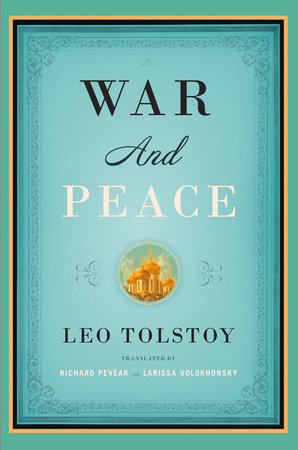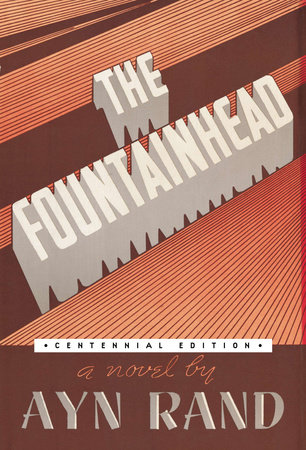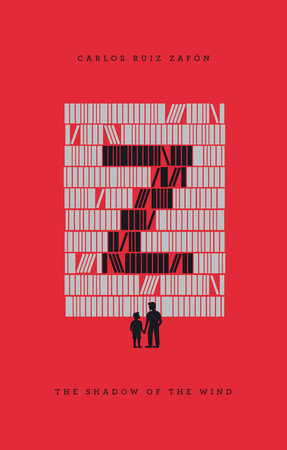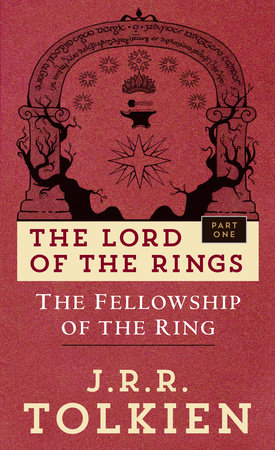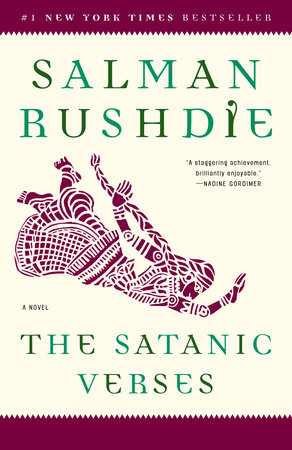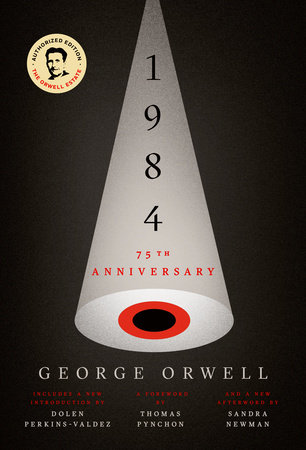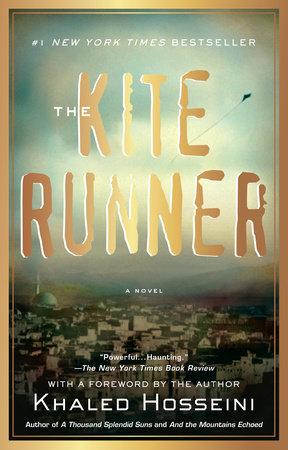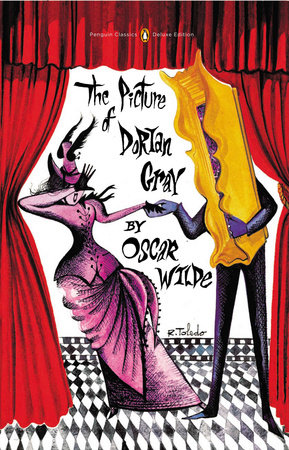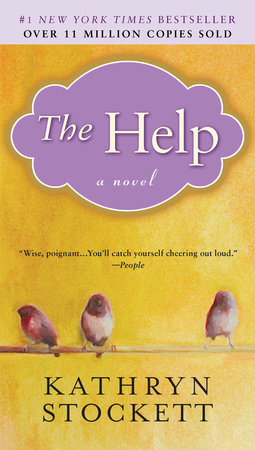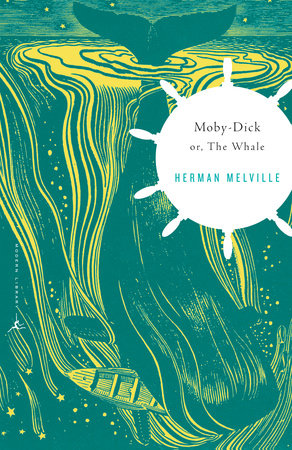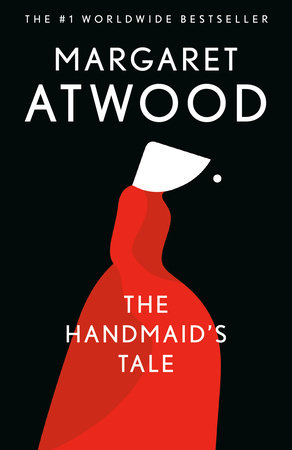Sitting at a table, grinding his pinkie into the corner of his mouth and staring at the screen, Dr. Evil announces he is holding the world ransom for $1 million. Having been cryogenically frozen for 30 years, the comic villain created by the actor Mike Myers is shocked when he is told that $1 million isn’t a lot of money in 1997.
Trying to regain his composure, he turns to the screen, voice cracking with uncertainty, and says, “O.K. then, we hold the world ransom for $100 billion.”
Twenty years after the movie “Austin Powers: International Man of Mystery” was released, billions of dollars aren’t what they used to be, either.
Bill Gates alone is just $10 billion shy of Dr. Evil’s ransom demand, according to a soon-to-be-released list of the world’s top 10 billionaires by Wealth-X, a financial research firm. Mr. Gates, the Microsoft founder, tops the list at $89.3 billion, followed by his friend Warren Buffett at $73.5 billion.
ADVERTISEMENT
The top 10 — nine from the United States, one from Spain — have a combined net worth of $582 billion. While their wealth would certainly be enough to save the world from Dr. Evil, what they do with it in real life is the subject of great interest and debate.
That is true now more than ever. Issues around money — like wealth inequality and talk of tax cuts for the rich — are among the hottest topics of the day. And the richest president in history is sitting in the Oval Office, with billionaires sprinkled throughout his cabinet.
To some, today’s billionaires are like Dr. Evil: selfish, rapacious and bent on world domination. To others, billionaires are worthy of respect for having put their names and fortunes behind an array of philanthropic endeavors, many aimed at improving the lives of people at the very base of the wealth pyramid.
There were 2,473 billionaires in the world, as of Wealth-X’s last count through 2015. That was a 6.4 percent increase in billionaires from the year before.
But who these billionaires are and what they’re like is more difficult to discern. Many may seem as ordinary as the guy sitting next to you on the train — or in Michael Bloomberg’s case, standing beside you on the subway, when he was mayor of New York. (Mr. Bloomberg is No. 9 on Wealth-X’s list.)

There are certainly billionaires who want to save the world, like Mr. Gates, Mr. Buffett and Mr. Bloomberg, who have pledged to give their fortunes away. Others in the top 10 are also philanthropic, but they are still focusing on their day jobs, like Jeff Bezos of Amazon, Mark Zuckerberg of Facebook and Larry Page of Alphabet (the parent of Google) — Nos. 4, 5 and 10.
Yet many of the billionaires beyond the top 10 or 20 have a much lower profile. Who outside of finance or hockey knew of Vincent Viola, a former oil trader and current owner of the Florida Panthers, before President Trump nominated him to be secretary of the Army? Now that he has withdrawn, he can return to relative anonymity.
For that matter, Wilbur L. Ross, Mr. Trump’s choice for commerce secretary, is the wealthiest of the president’s billionaire cabinet picks. He would pop up in the headlines every few years for a deal he was making but then return to what could be called the quiet opulence of the billionaire class.
“We know that things are quite different for a billionaire individual or a billionaire family than they are for even a very wealthy ultra-high-net-worth family,” said Belinda Sneddon, national practice executive in the family office group at U.S. Trust.
“They’re different in how they can invest their assets and what their portfolio may look like,” Ms. Sneddon said. “In many ways, they face different risks, both personal risks and cyber risks, than the average individual does. They often think about structuring decisions differently from a succession-planning standpoint as well as the structure they create around themselves and their family.”
Yet for most people, billionaires are just wealthy beyond belief. And these days, they are also much wealthier (and getting even more so) than the broader ultra-high-net-worth population.
That group is defined as anyone with more than $30 million. In 2015, there were 212,615 of them. On the lower end, the 155,050 people worth between $30 million and $99 million had a combined $8.4 trillion. At the top, the world’s 2,473 billionaires were worth $7.68 trillion.
“There is growing inequality around the world, but there is also inequality among the ultrawealthy,” said Maya Imberg, director of custom research at Wealth-X.
Billionaires also matter because of the outsize influence they have, or believe they can have, on policy and public life. They can give millions to a political campaign, as Peter Thiel, a founder of PayPal and a director of Facebook, did with Mr. Trump, or as George Soros, the hedge fund manager and philanthropist, has done with liberal causes.
They can also give millions to combat disease, as the industrialist Jon Huntsman Sr. has done with cancer, or to start schools in Africa, as Pierre Omidyar, a founder of eBay, has done.

But billionaires are as different from one another as members of any other economic group. How they amassed their billions, and how that pile is growing, tells a lot about the economy today.
Road to Billions
Just as the best teacher in the country is going to earn less money than a mediocre investment banker, the industries in which future billionaires begin their careers determine the magnitude of their wealth and how quickly it is going to grow.
Six of the top 10 billionaires made their money in technology. But in Wealth-X’s research, technology ranks sixth overall for the number of billionaires on the list, with 114 around the world.
Finance has created the most billionaires, with 377, or 15 percent of the world’s billionaires. It is followed by industrial conglomerates, with 317, or 13 percent.
After that, the concentration in particular industries drops. Real estate is third with 141. The group of people who identify their industry as nonprofits (meaning they made their money some other way or inherited it) is fourth, with 122. Manufacturing, in fifth place, has 120.
“Globalization has been a big trend,” said Benjamin Kinnard, a research analyst at Wealth-X. “The market is now seven billion people, not just the size of your domestic country.”
He added that finance had a bigger lead in first place several years ago, but it has been losing ground as industries like technology boom.
A tougher route to becoming a billionaire is through keeping track of other people’s billions. Accountants have just one person on the list, who was not identified.
The railroad sector, a source of so much wealth in the last Gilded Age, has but two billionaires, the same number those in as consumer finance.
And while billionaires in the United States are often better known than those elsewhere, there are more billionaires in Europe (though they have less total wealth than their American counterparts).

Asia is gaining ground quickly. Research from UBS calculated that a new billionaire is created every three days in Asia, with 65 percent of the region’s billionaires in China.
While the number of billionaires in China is rising at a fast clip, the pace of growth in billionaires worldwide is slowing. Wealth-X said the number will be 3,250 by 2020, down 16 percent from an earlier prediction of 3,873. This is because economic growth is expected to slow around the world.
From $1 Billion to $100 Billion
Across the billionaire spectrum, the biggest proportion of billionaires’ wealth — about half — is in the business that created the wealth in the first place, according to Wealth-X’s research. After that, they have about a quarter of their money in public securities and a little less than a quarter in cash. Just 4 percent is in real estate and luxury assets, the research found.
There are common strains to how they cross the billionaire line, regardless of industry: 57 percent are self-made, according to Wealth-X, and another 31 percent received an inheritance and grew it into billions.
“Timing has a lot to do with it,” said John Mathews, head of private wealth management and the ultra-high-net-worth group at UBS. “If we looked back 100 years, it would have been a really great time to be in steel, railroad or infrastructure businesses. Today, it’s a good time to be in technology and finance.”
But there is a difference from the bottom of the billionaire ladder to the top: Most are on that first rung.
Over half of all billionaires are worth between $1 billion and $2 billion. Go up to $5 billion and there are 2,101.
And not all billionaires are household names.
Ma Jianrong, executive chairman of Shenzhou International Group Holdings, which is the leading textile company in China and manufactures clothing for Nike, Adidas, Puma and Uniqlo, is worth $4.3 billion.
Patrice Motsepe, executive chairman of African Rainbow Minerals, built his wealth through mining in South Africa after starting his career as a lawyer in the United States. He is now worth $2.1 billion.
Kevin Systrom, chief executive of Instagram, is surely well known in Silicon Valley — and among students at Stanford University (his alma mater) who want to emulate his route to a net worth of $1.2 billion by age 33. But he is not as recognizable as Mr. Zuckerberg of Facebook.

But being a billionaire, as opposed to a very wealthy millionaire, can make a huge difference in the loss of privacy for a family. “It’s a lot more difficult to be anonymous,” Ms. Sneddon said.
And being known as billionaires opens them up to risks, she said, like cybersecurity breaches and attacks on their families.
How single-digit billionaires add additional billions isn’t always up to them.
One way to become even wealthier is to have picked the right global industry in which to make your billions and hang on to your stake in your company as it booms — and avoids busts. Right now, the technology and finance industries are leading the growth. Another way is to make your money in the right region, which is Asia.
Then, of course, there are the investment opportunities that only get presented to the wealthiest people, and that only they have the resources to take a chance on. “They can diversify their holdings to protect themselves,” Mr. Kinnard said.
And the big investments that are needed in private equity deals, for example, are a smaller portion of overall wealth for billionaires than for someone with, say, $100 million.
“The common thread with billionaires is the incredibly focused drive these people have in whatever business they go into,” Mr. Mathews said. “It’s dogged determination. You can say everyone is like that, but with billionaires everything else gets blocked out. You see it today with tech the way you saw it with steel barons 100 years ago.”
Ups and Downs
Yet getting across the billionaire line does not mean a person will always be there.
“Once a billionaire doesn’t mean you’ll stay a billionaire,” Mr. Mathews of UBS said. “Last year alone there were 41 new billionaires created in the United States, but 36 also dropped out of billionaire status in the U.S. Our billionaire population is growing but only by a net of five.”
In the United States, Mr. Mathews said, most people fall off the billionaire list because they sell the company that created their wealth. “When you sell it, there are tax issues,” he said. “There are estate-planning issues.”
The latter results in chunks of money being given to heirs to get it out of the wealth creator’s estate.
Selling family firms happens less often in Europe and Asia. People end up holding on to them and creating family holding companies to continue to operate that original business and expand into others.

Of course, people who sell their $1 billion company and end up with $500 million after taxes — or whose wealth tops out at $800 million — aren’t scraping by. But being a billionaire gives you entry into an exclusive club that being a millionaire does not. After all, in Mr. Trump’s cabinet, Secretary of State Rex W. Tillerson’s wealth from his career at Exxon Mobil looks positively modest. He’s worth just a few hundred million.
Expectations and Obligations
What is expected of people who have more money than they could spend in several lifetimes? It depends on whom you ask.
A recent report from Oxfam International, the antipoverty charity, argued that eight billionaires had as much wealth as half of the world’s population — or 3.6 billion people — and that that was a travesty.
“It is obscene for so much wealth to be held in the hands of so few when one in 10 people survive on less than $2 a day,” Winnie Byanyima, executive director of Oxfam, said in a statement. “Inequality is trapping hundreds of millions in poverty. It is fracturing our societies and undermining democracy.”
Yet the anger against the superrich has abated since the Occupy Wall Street protests in 2011. Protesters seem to be more concerned with the actions of Mr. Trump (who is likely a billionaire, although he has provided little proof of his real wealth) than with his cabinet of plutocrats.
One of his tax proposals would keep billionaires from having to part with more of their wealth, by eliminating the estate tax. Without it, generational wealth would be easier to preserve and perpetuate.
Philanthropy has become important to many billionaires, and not just through the Giving Pledge, Mr. Buffett’s compact to get the wealthiest to give away at least half of their fortunes. Nor is it confined to the United States, with its tradition of charitable giving.
“You’re starting to see where philanthropy is becoming more and more important to billionaires regardless of where they live,” Mr. Mathews said. “I don’t know if 10, 12 years ago, it was much of a conversation in Asia. Now all billionaires, regardless of where they live, are worried about the next generation.”
But there are limits to what even a billionaire can do. Mr. Bloomberg, in an interview in 2014, recalled the time he was approached at a conference in Sun Valley, Idaho, by a hedge fund manager offering him $1 billion over five years to change public education in New York.
“When I explained to him that New York City’s annual school budget was $22 billion a year,” Mr. Bloomberg said, “that was the last time we ever heard from him.”


